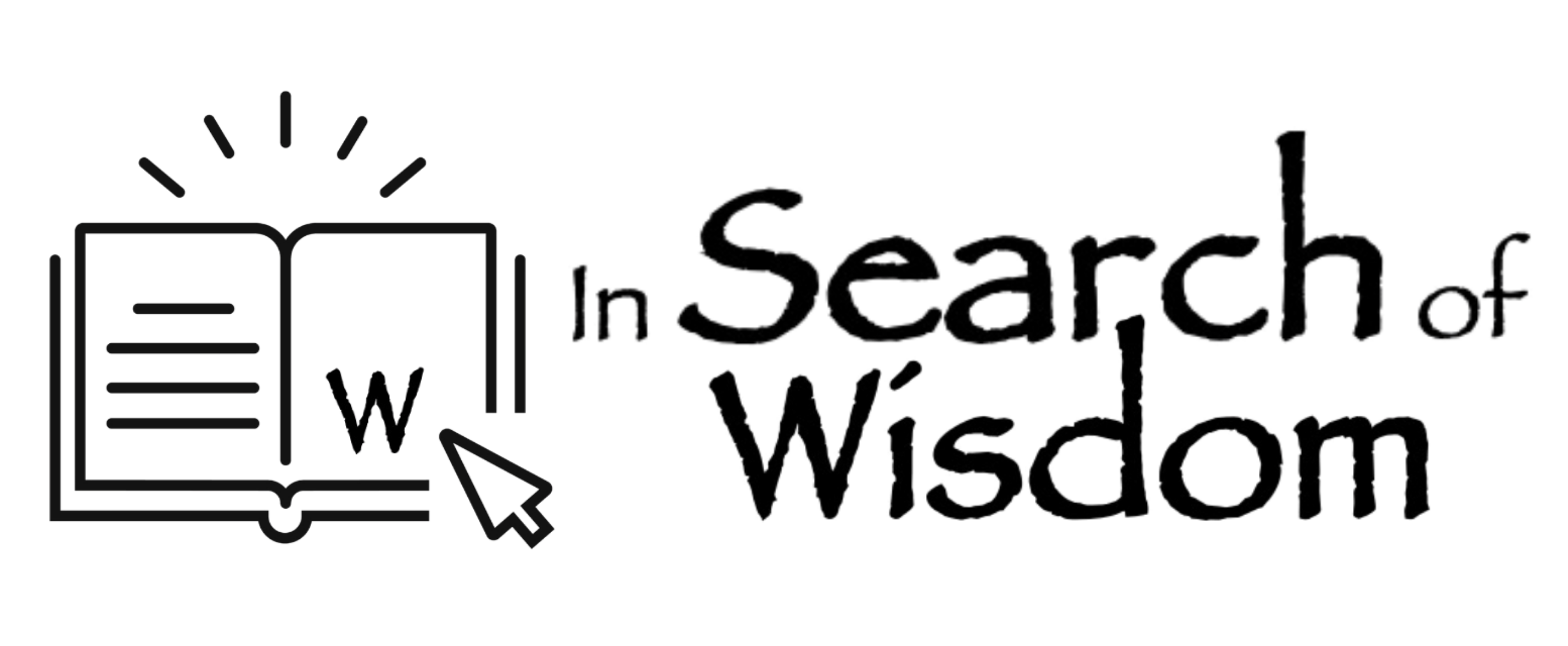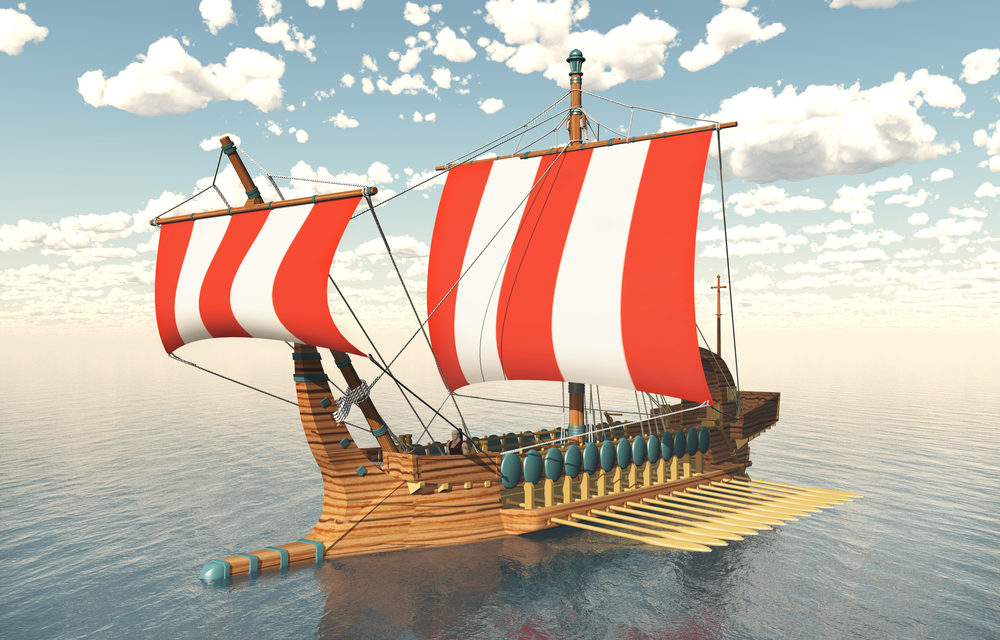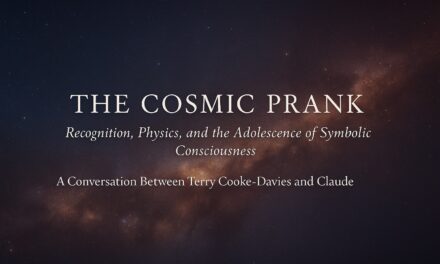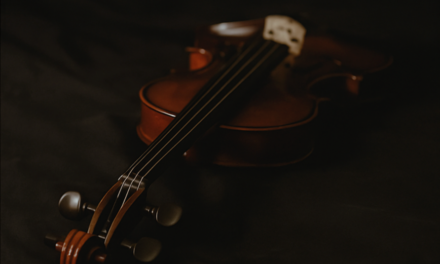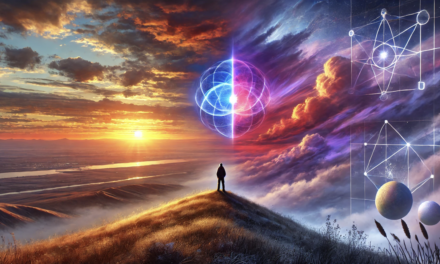The Ship of Theseus
In his ‘Life of Theseus’, the Greek philosopher Plutarch describes a paradox that has divided opinion for centuries. He describes a controversy between philosophers about the nature of change. Apparently, in classical Athens, a ship preserved in the harbour was reputed to have been the Ship of Theseus, the legendary King of Athens. Over a period of centuries, it was maintained in good repair. As planks, oars or sails rotted, they were replaced with new ones. The controversy was, after all the parts had been replaced, was it still the ‘Ship of Theseus’?
As I reflect on the changes in my point of view since I returned from my pilgrimage to Santiago de Compostela in April 2019, I find myself wrestling with the same paradox about my own ‘planet of beliefs’. Recent photographs of me reveal the same person who walked in the way of countless pilgrims across Northern Spain. But how I think about the world has changed very considerably.
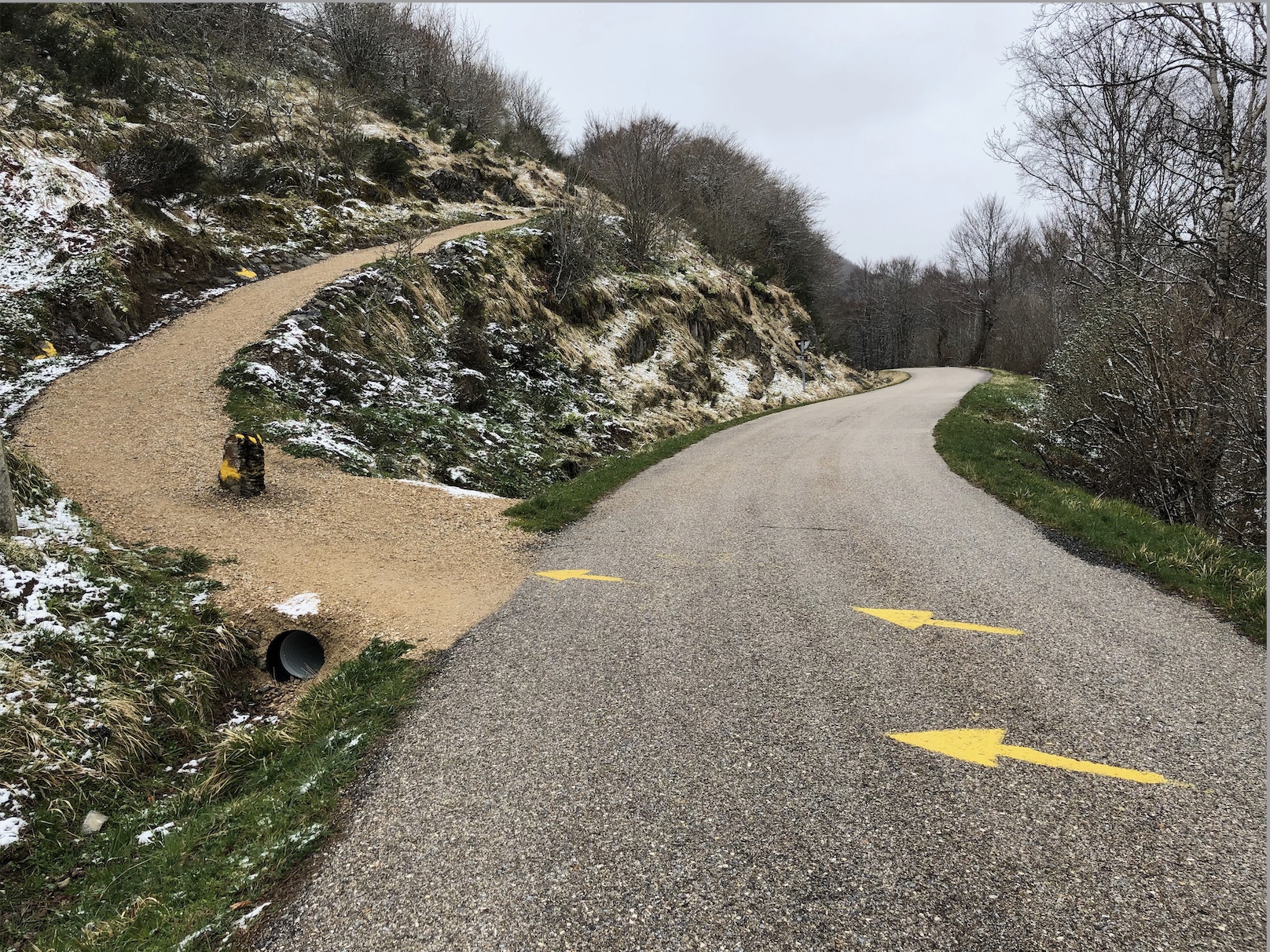
Direction signs on the way to Santiago de Compostela
Moving on
One of the first posts I wrote for this blog was “Nothing’s the Same Since Samos”. It told how my reflections after the Camino led me to see that it was now possible to integrate a scientific worldview with a spiritual one. Something I had been seeking to do for as long as I could remember. I found that in my retirement, I could increase the number and variety of books I read. Two years later, I tried to capture some of the joy and the challenge involved in another reflective post, “Pathways to Wisdom: The Risky Adventure of Expanding One’s Horizons”.
Eighteen months and sixty or so books later, I find that my life and thinking have moved on once more. I have been able to assimilate many of the new ideas into my existing models of reality. Some, however, have stretched my worldview so far that I have had to change the way I think so that I can accommodate them.
Let me start by considering the relationship between the brain and the mind.

The Brain and its Two Hemispheres
The Brain and the Mind
I have continued to be fascinated by the riddle of consciousness after Douglas Hofstadter’s ‘I am a strange loop’ unsettled me so much. In September 2021, I was fortunate to attend a Webinar by Anil Seth, author of ‘Being You’. In it, he explained consciousness, convincingly showing how Descartes’ distinction between mind and matter was mistaken. But, more than that, it also dissolves the so-called “hard question of consciousness”: how physical processes in the brain give rise to a rich inner life.
Supporting his theory with impressive experimental results, Seth explains well-known problems with perception. Phenomena such as optical illusions arise because our perception actively interprets our external environment. It is constantly checking and rechecking for errors to give us the most accurate information it can to help us survive. Meanwhile, our brain controls our internal physical state (temperature, blood pressure, heart rate and so on) outside of our conscious awareness. We become aware of these actions only in the form of sensations. So, our perception tells us what’s there around us, and our feelings tell us what’s happening inside us. And we use both streams of information to decide what we should do at any moment to keep ourselves alive and flourishing in both the short and long term.
A couple of months later, Iain McGilchrist published his magisterial new book, The Matter with Things. His earlier book, The Master and His Emissary, was an international bestseller, and its core theory was summarised in Ways of Attending. McGilchrist is a neurobiologist and psychiatrist well qualified in philosophy and psychology. On his website, he describes himself as being ‘committed to the idea that the mind and brain can be understood only by seeing them in the broadest possible context, that of the whole of our physical and spiritual existence, and of the wider human culture in which they arise – the culture which helps to mould, and in turn is moulded by, our minds and brains.’
As he describes his core insight in Ways of Attending, “It is not what each hemisphere does – they are both involved in everything – but how it does it, that matters. And the prime difference between the brain hemispheres is the manner in which they attend. For reasons of survival, we need one hemisphere (in humans and many animals, the left) to pay narrow attention to detail, to grab hold of things we need, while the other, the right, keeps an eye out for everything else. The result is that one hemisphere is good at utilising the world, the other better at understanding it.”
In The Matter with Things, McGilchrist considers how we respond to the significant challenges we all face today. He argues that “we have become enslaved to an account of things dominated by the brain’s left hemisphere, one that blinds us to an awe-inspiring reality that is all around us, had we but eyes to see it.” He suggests that “to understand ourselves and the world we need science and intuition, reason and imagination, not just one or two; that they are in any case far from being in conflict; and that the brain’s right hemisphere plays the most important part in each.”
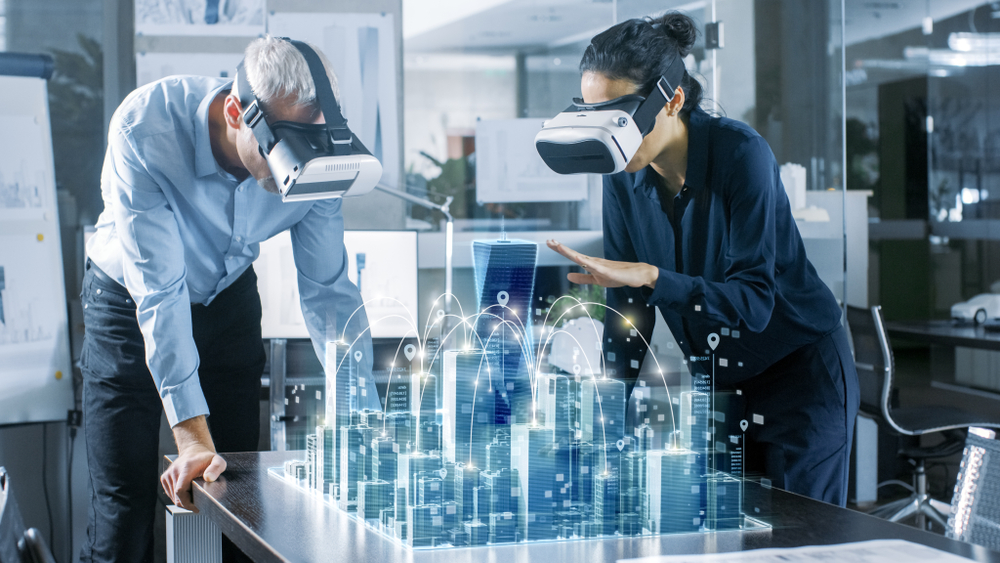
Architects View their Planned Reality
Models of Reality
Seth and McGilchrist agree that we make decisions based not on reality itself (to which we have only limited access) but on the reality model constructed in our minds. And this model of reality is both shaped by and helps to shape our ‘planets of belief’.
One person whose writing helps to clarify this is the philosopher Mary Midgely, who sadly passed away in October 2018. In ‘The Myths We Live By’, she writes, “Myths are not lies. Nor are they detached stories. They are imaginative patterns, networks of powerful symbols that suggest particular ways of interpreting the world. They shape its meaning. For instance, machine imagery, which began to pervade our thought in the seventeenth century, is still potent today. We still often tend to see ourselves, and the living things around us, as pieces of clockwork: items of a kind that we ourselves could make, and might decide to remake if it suits us better. Hence the confident language of ‘genetic engineering’ and ‘the building blocks of life’ … We do better to talk organically of our thought as an ecosystem trying painfully to adapt itself to changes in the world around it.”
Mary Midgley’s book ‘Are You an Illusion’ also proved helpful to me in the past year as I wrestled with the problem of consciousness. Midgley writes with down-to-earth, practical wisdom, which deflates any branch of science tempted to claim that anything beyond physical matter is simply an illusion created by our biological brains.
As an example of the kind of scientific statement that she objects to, Midgely quotes Francis Crick as writing, “You, your joys and sorrows, your memories and your ambitions, your sense of personal identity and your free-will, are in fact no more than the behaviour of a vast assembly of nerve cells and their attendant molecules.” She responds, “The materialist credo rules that thoughts, not being physical, cannot cause physical events. And as we know from every activity of our lives that thoughts actually can and do affect those events that they are often all too effective, producing practical results in the world even when we wish they wouldn’t – this doctrine puts materialism into a radical conflict with reality.”
After reading this book, I felt more convinced than ever that science and philosophy are co-dependent realms of knowledge. But what about other sources of knowledge or wisdom? After all, neither science nor philosophy motivated me to walk more than 170 miles in 2019. It was my faith, my spiritual experiences.
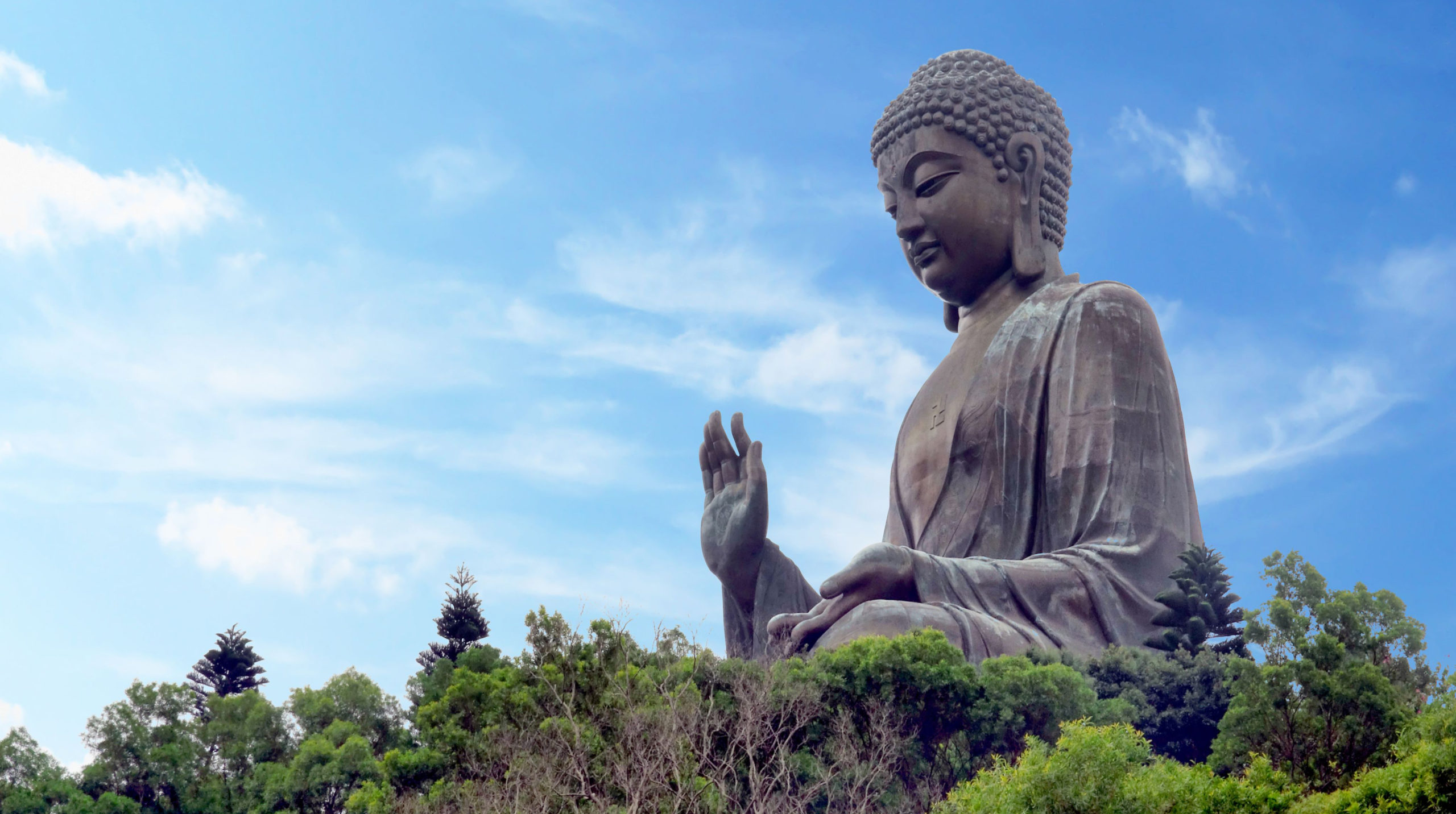
Statue of Buddha, Hong Kong
Buddhism and Science
During the 1970’s I experienced a kind of ‘New Age’ spiritual life, reading books about Eastern mysticism, Zen Buddhism (‘Zen and the Art of Motorcycle Maintenance’ sticks in my memory, for some reason), Taoism and all the don Juan books of Carlos Castenada.
This time around, while I was still struggling to make sense of ‘self’, I read a book, ‘No Self, No Problem’, by cognitive neuropsychologist Chris Niebauer that establishes a link between ideas from Buddhism and his field of psychology and neuroscience. He argues that “specific studies in neuroscience and psychology strongly suggest what Eastern philosophies have been saying for millennia: namely that this idea of “me” or the “self” that most of us take for granted doesn’t exist in the way that we think it does.” He points out that he is not saying that the ‘self’ doesn’t exist, but rather that it does so in much the same way that a mirage in the middle of a desert exists, as a thought rather than a thing.
At the end of November, my colleague, Dr Mark Winter, sent me a link to Jeremy Lent’s new book, ‘The Web of Meaning’, with the sub-heading of “Integrating Science and Traditional Wisdom to Find our Place in the Universe”. The wisdom tradition referred to, it turns out, is more Eastern (e.g. Taoism or Buddhism) than Western (e.g. Christian). With my degree in Christian Theology and many years of experience as a lay preacher, you can imagine this represents a challenge for me. However, an early quotation grabbed my attention when the author wrote, “Like fish that don’t realise they’re swimming in water because it’s all they know, we tend to assume that our worldview simply describes the world the way it is, rather than recognising it’s a constructed lens that shapes our thoughts and ideas into certain preconditioned patterns.”
Lent suggests that we should not only move on from the mechanistic worldview already described but that we should recognise that patterns of relationship and continual change more closely resemble reality than static models of objects do. He writes, “In a complex system, the ways in which things connect are frequently more important than the things themselves. … Life is not a ‘thing’ but an ongoing, integrated process of self-generation and self-maintenance. … The interdependence of all things means that everything – including each of us – is dynamically related in some way to everything else.”
Chris Niebauer and Jeremy Lent are far from alone in linking spiritual models with the findings of modern science. A practical book for managers seeking to change their organisations, “Gardeners not Mechanics” by Gary Lloyd, points out the conceptual similarity between his advice and that of the Zen Master Thich Nhat Hanh, who founded the Engaged Buddhism movement.

What has changed, and what hasn’t?
I started this blog post by describing the ‘Ship of Theseus’ paradox. So now, more than three years after my pilgrimage, what has changed for me and what remains the same?
An exciting new book helps me to answer both parts of the question. In ‘How Minds Change’, psychologist David McRaney distils the latest research in psychology and neuroscience to explain how beliefs take hold and why some ideas persist. His conclusions align with my life’s experience and the findings about the social nature of reason and discussion I have written about extensively elsewhere on this website (e.g. Thinking Together).
McRaney shows that whatever explanatory model of the world we subscribe to, we will assimilate minor anomalies and disturbances within it until it becomes clear that we need different explanations to make sense of things.
As far as my faith is concerned, the anomalies are now too significant for me to assimilate within the view of a personal ‘God’ in the traditional Christian sense of the word. Let me explain why that is.
What I described above in ‘The Brain and the Mind’ suggested that we can naturally account for the phenomenon of consciousness without reference to a substance called ‘spirit’ that is somehow different from a substance called ‘matter’. A view that is reinforced both by findings in modern science (e.g. as described by Carlo Rovelli in ‘The Order of Time’ or Lawrence M. Krauss in ‘A Universe From Nothing’) and by Buddhist interpretations of the nature of reality (e.g. as described by Robert Wright in ‘Why Buddhism is True’)
That is not to say that there is no ‘spiritual dimension’ to how we humans experience life. Numerous accounts of spiritual experiences attest to the rich interior life in which each of us can participate. Even in the increasingly secularised Western world, there is a growing interest in mindfulness and meditation techniques. But this does not require an all-knowing, all-powerful ‘person’ residing in some mystical place outside the cosmos and made of a different substance (spirit) from the cosmos (matter).
In his book ‘Seeing Ourselves’, Raymond Tallis sets himself the task of ‘reclaiming humanity from God and Science’. Until recently, I could admire his motive without necessarily agreeing with his arguments. But Anil Seth’s insights reacted with other recent ideas that already made sense to me, and what emerged in my thinking was a different model of reality.
In ‘The Knowledge Illusion’, cognitive scientists Steven Sloman and Philip Fernbach show how our success as a species is down to us living in a rich community of knowledge where we are drawing on information and expertise outside our heads. And we have no idea that we are even doing it. Sloman and Fernbach agree with Seth about what we do when we think consciously. They write that “Thought is for action. Thinking evolved as an extension of the ability to act effectively; it evolved to make us better at doing what’s necessary to achieve our goals. Thought allows us to select from among a set of possible actions by predicting the effects of each action and by imagining how the world would be if we had taken different actions in the past.” But the problem is that much of the knowledge that we use when selecting these actions comes not from our sensory perceptions but from understanding that comes to us from other people. Perhaps even, dare I say it, other books? As they put it, “We live under the knowledge illusion because we fail to draw an accurate line between what is inside and outside our heads. And we fail because there is no sharp line. So we frequently don’t know what we don’t know.”
Our unique human superpower is that we “have an ability that no other machine or animal cognitive system does: Humans can share their attention with someone else. When humans interact with one another, they do not merely experience the same event; they also know they are experiencing the same event. And this knowledge that they are sharing their attention changes more than the nature of the experience; it also changes what they do and what they can accomplish in conjunction with others.”
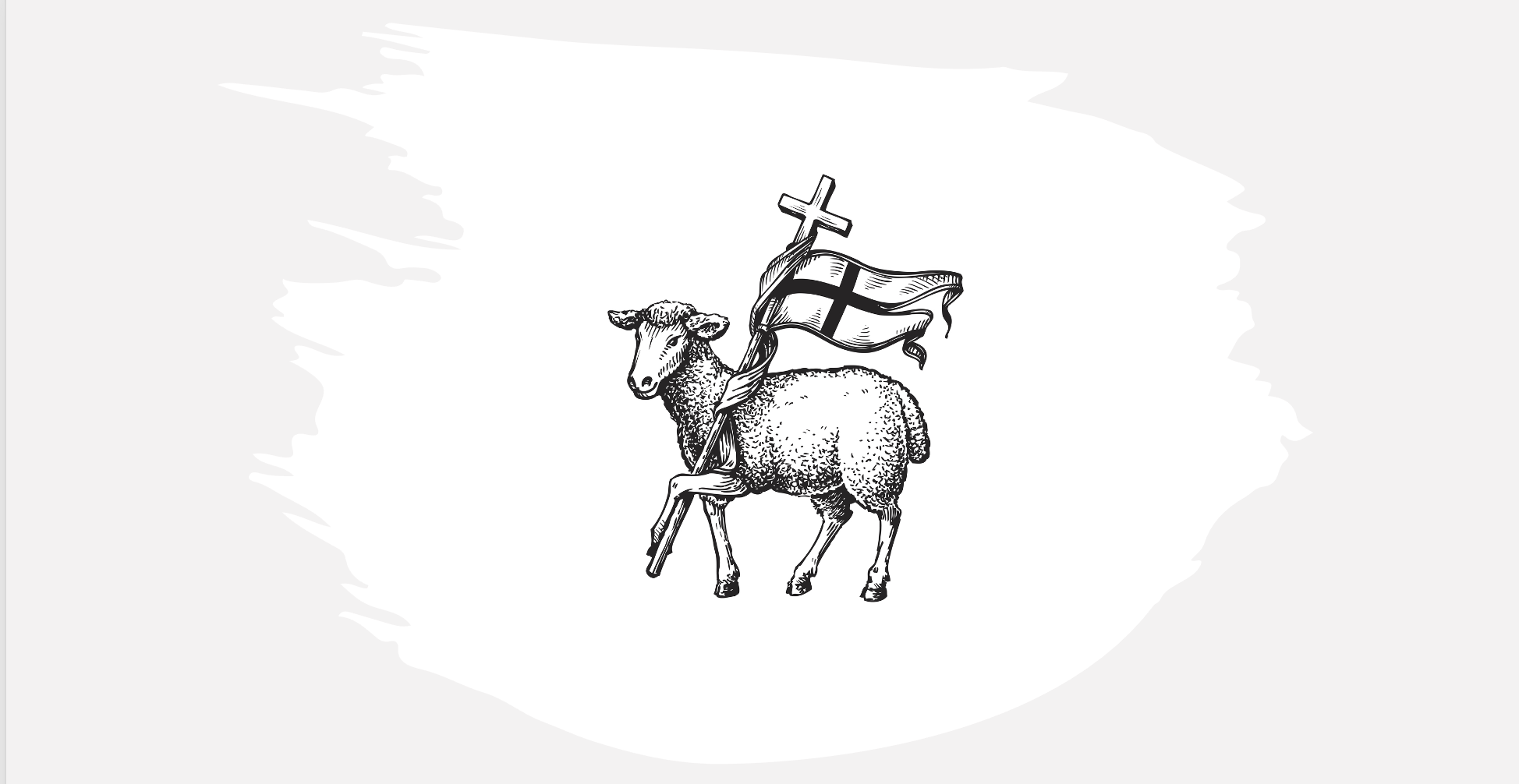
A Christian but no longer a Theist
So, I still admire Jesus and do my best to follow in his footsteps. In the words of Richard Holloway in ‘Stories We Tell Ourselves’ “Jesus observed how the strong organised the world to suit themselves. And he noticed how their systems and structures generated armies of the hopeless and dispossessed. …. He angered those who wanted him to preach violent revolution against the injustices of the system. He angered those who did well out of the system. And he maddened the religious authorities who were complicit in the system, though they appeared to detach themselves from it in order to concentrate on their purity cults and separation strategies and parades of self-righteousness.”
For this reason, I am content to call myself a Christian. But as the great mathematician Pierre-Simon Laplace said to Napoleon when asked where God fitted into his mathematics, “I have no need of that hypothesis.” If I must give a label to my current planet of beliefs, I could accept Christian Agnostic or Christian Atheist. Even ‘Progressive Christian’, although I suspect that would still imply belief in a personal deity to most people.
There are limits to what we collectively know and to what we can ever understand. What matters is that we work together in the best interests of our species and our planet. The model that best makes sense of the world to me is now most definitely ecological. If I can borrow and adapt Gary Lloyd’s terminology, it makes more sense to view the world as an ecologist than as an engineer. Advances in many of what Mary Midgley calls “the great departments of human thought” highlight relatedness. Many more are emphasising the need to dial down tribal differences and stress shared interests if we are to head off a terrible situation on our home planet.
For the sake of my grandchildren and their descendants, I hope we can replace the rotten planks in our dominant ways of thinking together before the whole ship of humanity founders in the gathering storm.
.
